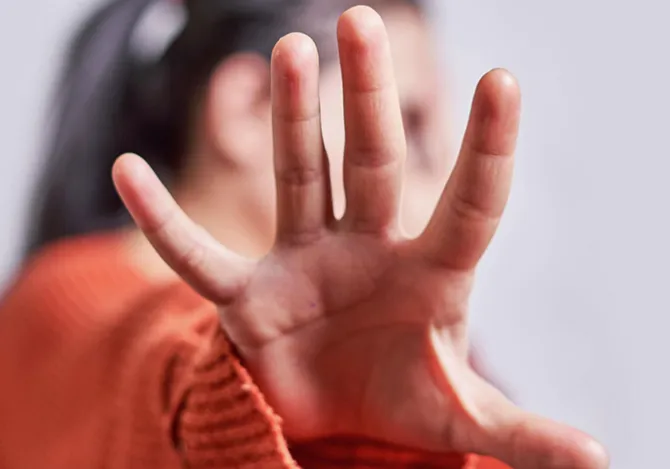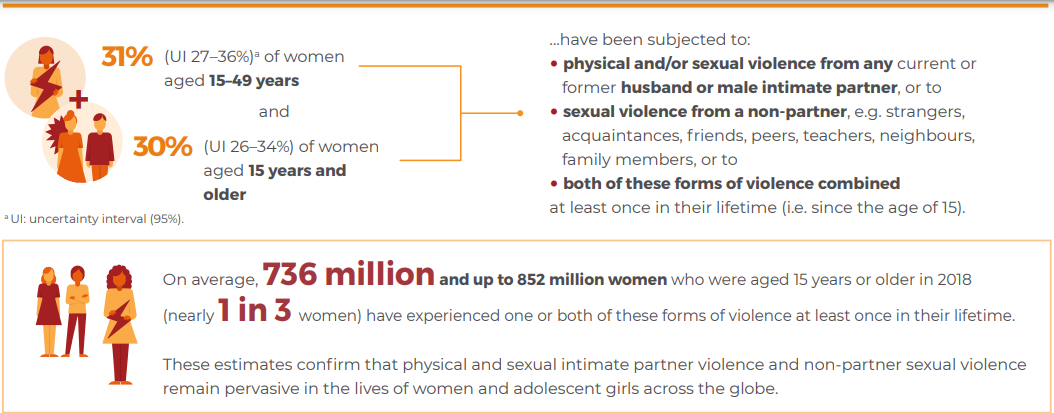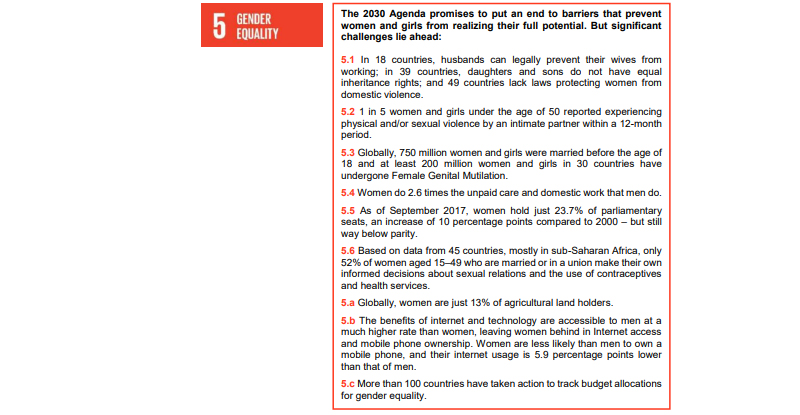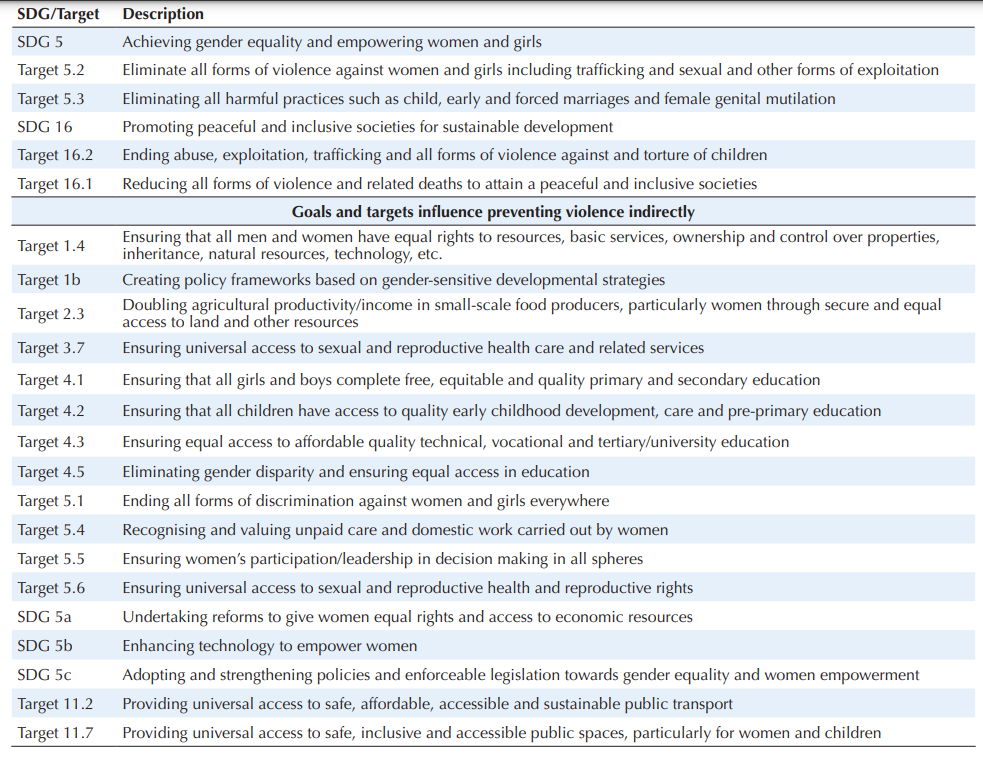-
CENTRES
Progammes & Centres
Location
As we inch closer to the 2030 deadline, efforts towards the elimination of gender-based violence needs to be stepped up

Every year, the 16 days of activism running from 25 November to 10 December marks the global community’s clarion call to end violence against women and girls. With sobering statistics serving as a grim reminder of escalating incidences of gender-based violence, time is running out as we inch closer to the 2030 global commitment to achieving gender equality.
With a new war joining the ranks of a ceaseless one, growing tensions in the Indo-Pacific and the looming climate crisis, the world seems to be teetering on the edge of chaos. The ensuing crisis is also fuelling gender-based violence, adversely impacting women’s physical, psychological, sexual, and economic lives. Despite decades of activism by the UN Convention on the Elimination of Discrimination against Women (CEDAW), growing evidence suggests that the progress has been regrettably slow.
Women are often targeted within the sanctities of their homes and families, with one woman or girl being killed every 11 minutes by an intimate partner or a family member.
A glance at the figure below demonstrates that violence against women and girls remains rife around the world. According to the World Health Organisation (WHO), intimate partner violence as well as sexual violence is a major threat to women’s health and their human rights. Globally, one in every three women and girls has experienced some form of physical or sexual violence by an intimate partner or a non-partner at least once in their lifetimes. Women are often targeted within the sanctities of their homes and families, with one woman or girl being killed every 11 minutes by an intimate partner or a family member. The shadow pandemic of gender–based violence rose to alarming levels during the lockdown while situations of humanitarian crises, conflict and climate change continue to exacerbate existing violence. Needless to say, turning promises into action to eliminate violence against women will need more steam to stay on track for the 2030 Agenda.
Figure 1. Global violence against women combined estimates, 2018

Source: WHO, 2021
Over the past decade or so, the world has witnessed unprecedented mobilisation around the Sustainable Development Goals (SDGs) with some gains, however, the current rate of progress remains slow. One of the most alarming projection is UN Women’s recent report estimating an intimidating 286 years to achieve gender equality.
Figure 2 highlights SDG 5 and underscores some of the challenges that the 2030 deadline faces, especially when it comes to gender-specific indicators. Despite 162 nations passing laws on curbing domestic violence, 600 million women live in nations deprived of protection against domestic violence while only 147 nations have laws in place against sexual harassment at the workplace. Studies have pointed out that despite adequate laws being present, many are still non-compliant with international standards and have not been properly implemented. Not only are women are frequent victims of intimate violence, but less than 40 percent of victims reach out to report abuse to formal institutions such as police or health services. About 6 percent of women the world over even report incidences of sexual violence from those other than their husbands or partners considering that the prevalence of non-partner violence is likely to be more acute due to the stigma attached to this type of violence.
Figure 2. SDG & linkages with violence against women

Source: UN Women, Turning Promises in Action: Gender Equality in the 2030 for Sustainable Development, 2018
The social and economic effects of Gender-based Violence (GBV) are enormous as women may suffer isolation, inability to work, and erode their of dignity and self-confidence.
The pandemic also has disproportionately hit women in countless ways. Nearly 13 million more child marriages are likely to take place by 2030 as a result of increased poverty rates and school closures. A new study illustrates that human traffickers capitalised on the pandemic-induced poverty and by seeking out potential victims online. Women and girls remain vulnerable to human trafficking; as per 2020 data, for every globally detected victims, about four were adult women and two were girls.
Women in the higher echelons of power are equally susceptible to abuse with 82 percent of women parliamentarians across five regions having reported experiencing some form of psychological abuse while in office such as misogynist remarks, inappropriate images and threats mostly from social media channels. Sixty-five percent were victims of sexist remarks primarily coming from their male counterparts in parliament.
Women and girls also remain vulnerable to harassment in public places around public transportation, schools, and workplaces and in places of recreation.
Online gender violence also surged globally during the pandemic as most nations struggled to grapple with the violation of women’s online lives due to the absence of a strong legislative framework. A UNESCO study reported that about 73 percent of women journalists have experienced some form of online violence over topics such as gender (49 percent), politics and election issues (44 percent) followed by human rights and social policy matters (31 percent). Proliferating ‘deepfakes’, have also been drawing attention since a vast majority of women end up as victims. Although presently there is no specific law per se against deep fakes, the Information Technology (IT) Act 2000, the Indian Penal Code (IPC), 1860, and the Indian Copyright Act, 1957 can deal with addressing such content. The recent uproar over a breakout of deep fake episodes prompted the Government of India to issue a strict advisory to social media platforms to remove any deep fake content reported by users within 36 hours. It further stated that non-compliance with this advisory will lead to prosecution against deep fakes including losing their safe harbour immunity. Women and girls also remain vulnerable to harassment in public places around public transportation, schools, and workplaces and in places of recreation.
There exist a host of other goals within the SDGs that can work to reduce latent structural inequalities with the potential to influence factors that prevent violence as reflected in the table below.
Figure 3. Other Goals and Targets that Have Indirectly Influence on Preventing Gender-based Violence

Source: Babu and Kusuma, 2016
Decades of discrimination have put women in disadvantaged positions across the social and economic fabric of our society, impacting their ability to fight and report incidences of violence. Women have significantly lesser access to ownership of land rights, property, and other productive assets than men. Only 12.8 percent of agricultural landholders in the world are women. They continuously face obstacles to the right to decent work, remain over-represented in informal economies, bear the responsibility of unpaid care work and remain likely to be paid less than men. Despite the well-known economic costs of discriminatory practices and violence against women to the global economy—up to—women continue to face immense challenges. A World Bank study points out that, over 2.7 million women are legally restricted from occupying the same jobs as men; 104 out of 180 economies assessed in 2018 still had laws that prevent women from picking up certain career paths and in 18 economies husbands still have the right to prevent their wives from working. Women also lack access to social protection, and maternity benefits and often are at heightened risks of availing basic healthcare as well as sexual and reproductive health services. Women comprise the world’s most illiterate people, the gender gap in STEM remains significant, and continue to enjoy limited access to the internet. Latest projections indicate that poverty is deepening for women, making them more vulnerable to sexual exploitation and violence. Amidst the simmering global anxiousness is the gendered impact of climate change. Prolonged periods of drought have resulted in girls being sold into early marriage in exchange for livestock, and increased dropout rates among girls as they spent more time fetching water while remaining susceptible to violence as women and girls make frequent and longer journeys to obtain food and water.
Women have significantly lesser access to ownership of land rights, property, and other productive assets than men. Only 12.8 percent of agricultural landholders in the world are women.
Combating such gender inequities calls for robust responses from the global community to invest in the prevention of violence against women and girls providing the rationale behind the 2023 UNiTE campaign theme of Invest to Prevent Violence against Women and Girls. This vicious cycle can only be countered by stepping up momentum with actionable efforts, ensuring the collection of rigorous data and research that show the ‘Big Picture’ to understand the landscape of violence. Gender budgeting and public financing targeted towards the elimination of violence against women needs to be stepped up significantly; it remains inadequate and disproportionate to the scale of the problem. It will also take strong political will, accelerated action on changing societal mindsets that allow violence against women to thrive along with heightened engagement with a variety of stakeholders to be able to inch closer to the 2030 deadline, and the time is now.
Arundhatie Biswas is a Senior Fellow at Observer Research Foundation.
The views expressed above belong to the author(s). ORF research and analyses now available on Telegram! Click here to access our curated content — blogs, longforms and interviews.

Arundhatie Biswas, Ph.D was Senior Fellow at ORF. Her research traverses through multi-disciplinary research in international development with strong emphasis on the transformative approaches to ...
Read More +